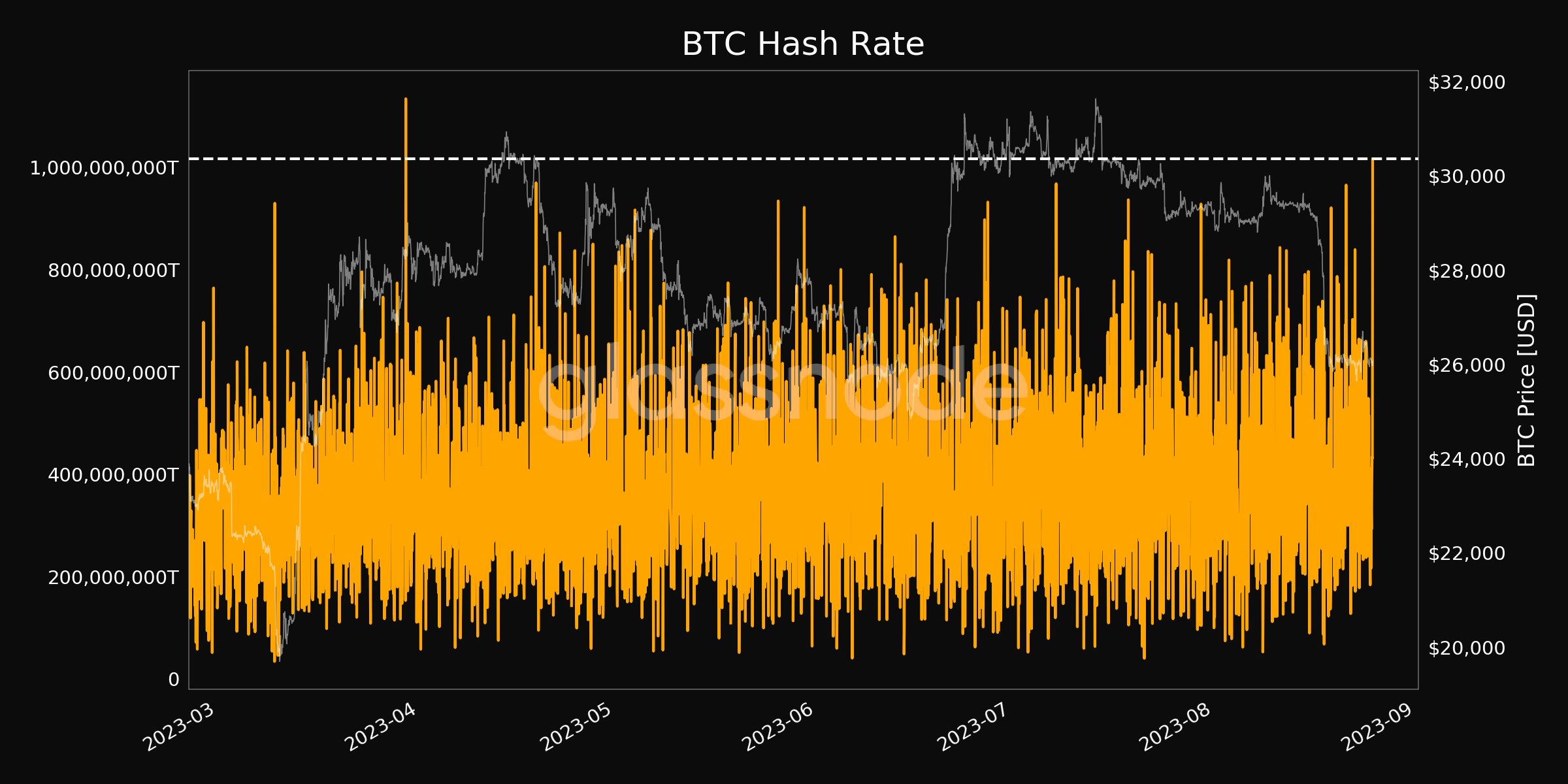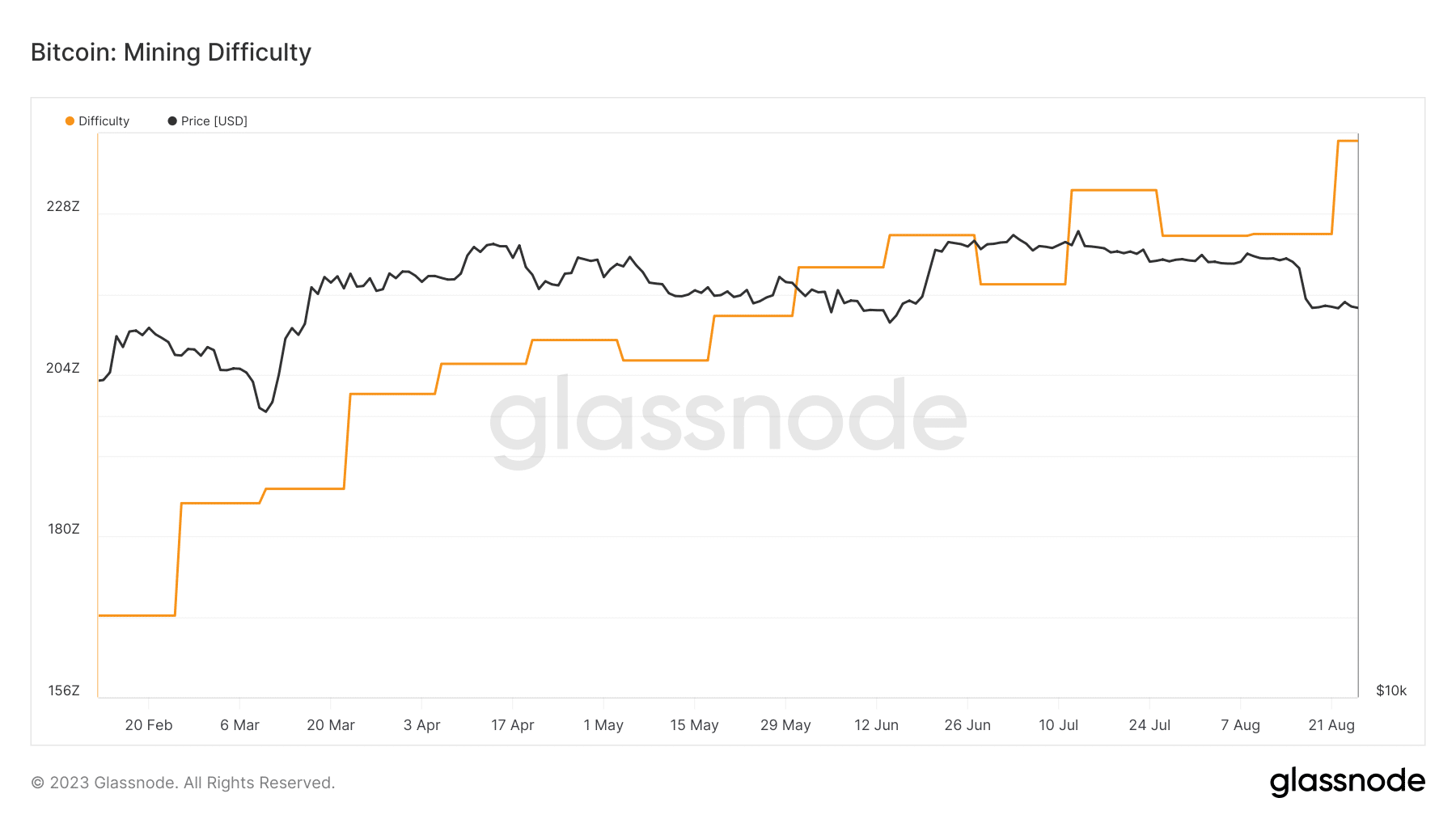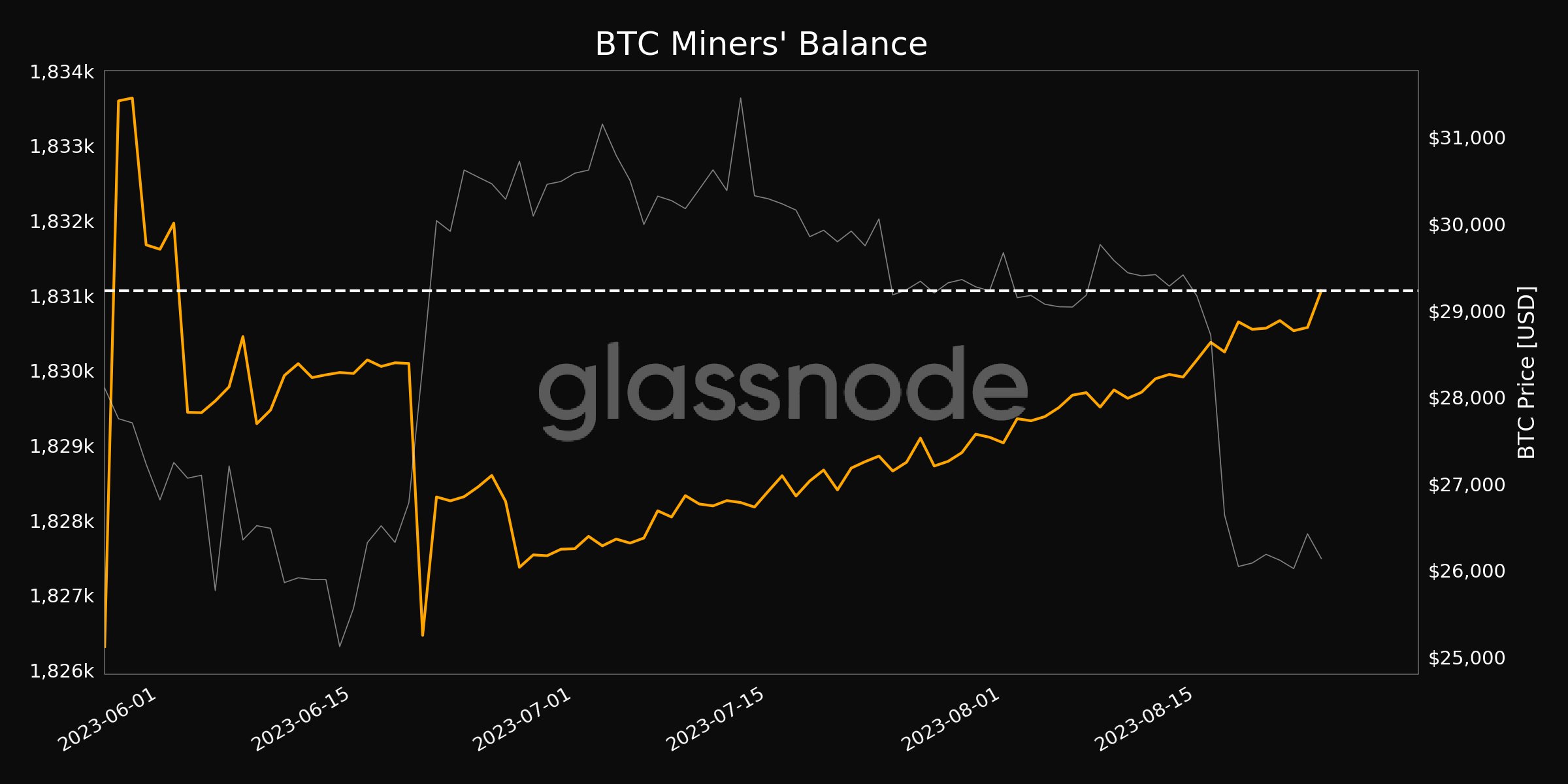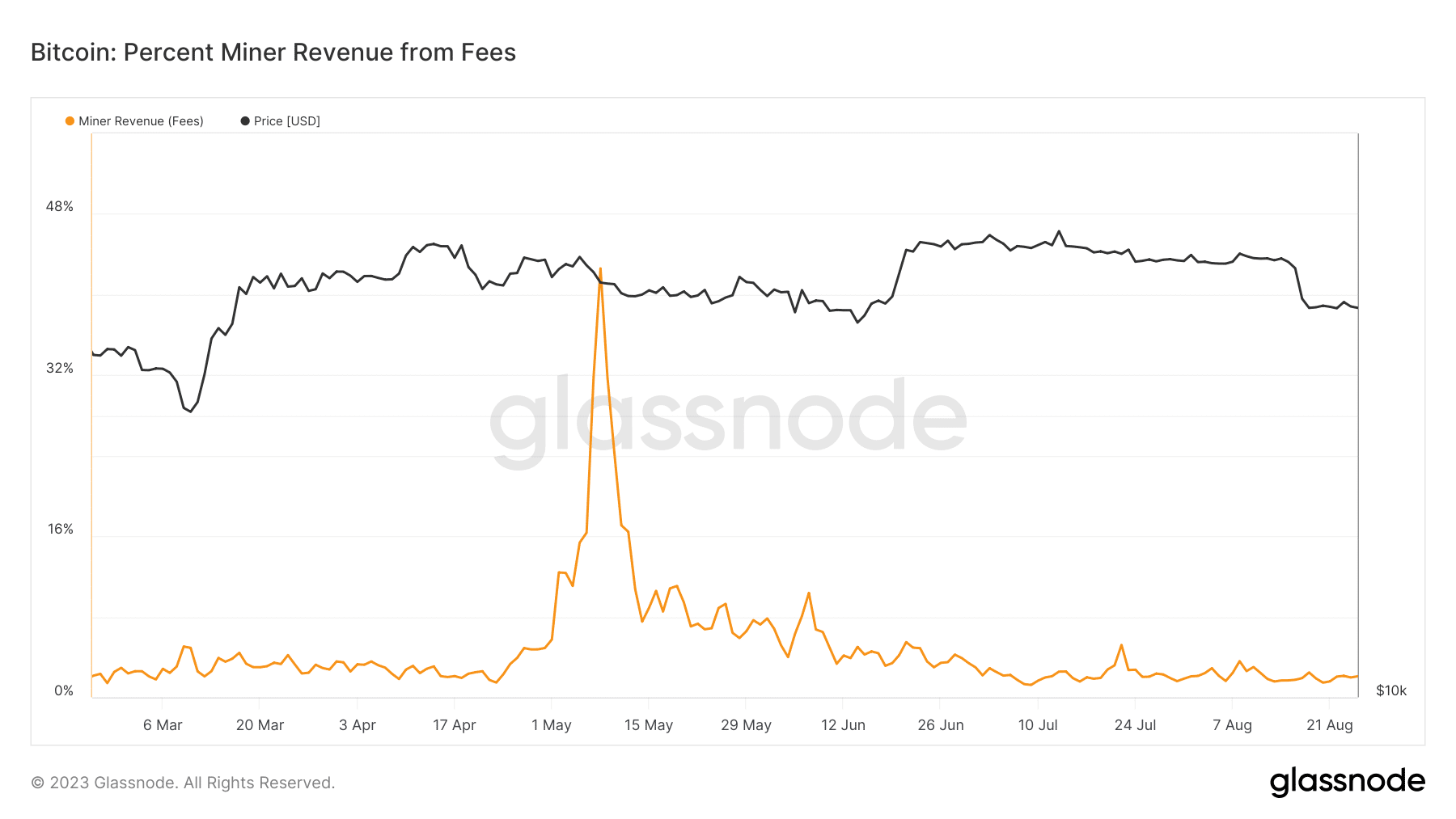- This jump in hash rate has brought mining difficulty to its all-time highest levels throughout the past week.
- In a statement shared with COINOTAG by Bitfinex analysts, they revealed that the increase in mining difficulty is due to miners’ bullish expectations for Bitcoin.
- Analysts stated that miners have postponed selling their assets, citing their belief in the growth potential of BTC.
The increasing hash rate in Bitcoin mining highlights the increase in participation and interest in mining, but miners’ revenues are decreasing.
Hash Rate Increasing in Bitcoin Mining
The activities of Bitcoin miners are closely monitored by experts in the crypto ecosystem, as they provide important clues about the health of this network and the profitability level in the mining sector.
According to a post by on-chain analysis firm Glassnode, the network hash rate reached its highest level in 4 months on August 26th. The previous 4-month peak was recorded on July 7th.
An increase in hash rate means that more computing power is allocated to verify more transactions and secure the network. The entry of more miners or the use of more efficient machines usually leads to an increase in this metric. In general, an increase is a healthy sign for the security and decentralization of the network.
This jump in hash rate has brought mining difficulty to its all-time highest levels throughout the past week. Mining difficulty is automatically adjusted approximately every two weeks to keep the total block time at 10 minutes.
In a statement shared with COINOTAG by Bitfinex analysts, they revealed that the increase in mining difficulty is due to miners’ bullish expectations for Bitcoin:
“Miners may think that Bitcoin’s price could ultimately be seen as a downward deviation from its value, and therefore investing more resources in Bitcoin mining at these prices could be extremely profitable for them.”
Are Miners Feeling Bullish About BTC?
Analysts stated that miners have postponed selling their assets, citing their belief in the growth potential of BTC. Glassnode’s data supported the above views. The data showed that the total supply stored in miner addresses reached a monthly high of 1.83 million as of August 26th.
Miners usually convert their assets into cash to cover mining and energy costs. A delay in liquidations often indicates that they expect Bitcoin’s price to gain more strength.
Miner Revenues Are Decreasing
Miners’ optimism about Bitcoin, especially during a period of significant decline in earnings, was a fresh sign. Apart from the excitement on BRC-20 in May, Bitcoin miners’ revenues have largely remained stagnant.




